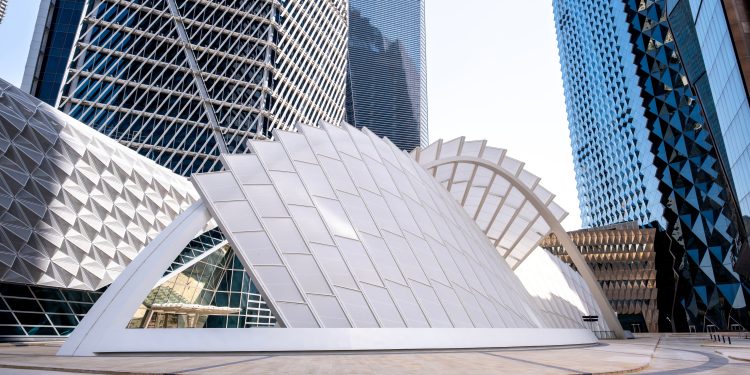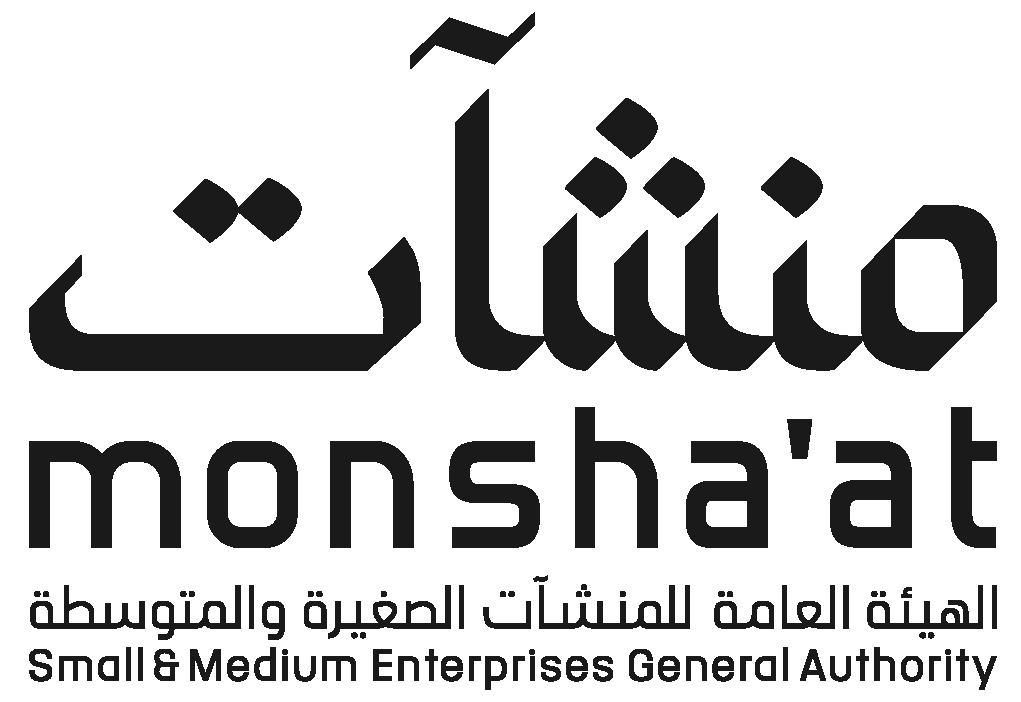Global management consultancy firm Arthur D. Little has released a new report emphasizing the critical success factors poised to propel the economies of Saudi Arabia’s regions, which will in turn accelerate the nation’s overall economic growth. By undertaking a comprehensive analysis, the report underscores the significant role regional development plays in achieving the ambitious goals of Saudi Vision 2030 to position the country among the top 15 economies worldwide.
The regions of Saudi Arabia hold vast potential and advantages that can significantly boost the nation’s gross domestic product (GDP). Major urban centers like Riyadh, Dammam, and Jeddah boast an average GDP per capita of approximately 107,000 Saudi Riyals (equivalent to $28,500), while other growth centers such as the Asir and Al-Qassim regions average around 73,000 Saudi Riyals (equivalent to $19,500). The report by Arthur D. Little points out that a mere 10% reduction in the GDP per capita gap between these major urban centers and other growing areas could lead to an estimated annual GDP increase of 27 billion Saudi Riyals (around $7.2 billion) for the kingdom.
Eddy Ghannam, a partner at Arthur D. Little Middle East, remarked, “Regional development in Saudi Arabia is a strategic step with extensive economic implications. Through strategically leveraging the advantages and potential of growth centers, the kingdom is paving the way to comprehensive growth and achieving its goal of becoming one of the world’s largest economies.”
Drawing from their experience in ongoing collaborations across Saudi regions and from global benchmarks such as Brazil’s Growth Acceleration Program (PAC) and regional development in Spain, the report outlines an inclusive developmental approach encompassing five main pillars. These include devising an ambitious strategy, establishing clear governance, fostering human capital development, enhancing regional infrastructure, and attracting investments from both government and private sectors:
- Strategy: Align regional strategies with national priorities, maximize the use of regions’ comparative and competitive advantages, and implement sustainable development principles.
- Governance: Ensure the participation of all relevant entities, and establish a governance framework with clear coordination mechanisms.
- Human Capital: Invest in development programs tailored to enhance workforce skills, while retaining talent through attractive living conditions and necessary incentives.
- Infrastructure: Develop suitable infrastructure using an integrated approach and consider direct or joint financing mechanisms.
- Investment: Facilitate private sector participation by creating specialized units to attract investments, strategically promote investment opportunities, and provide services and facilities to investors, in collaboration with existing entities such as the Public Investment Fund to stimulate growth.
Tobias Lewe, Project Manager at Arthur D. Little Middle East, added that a comprehensive and integrated developmental approach is crucial for the success of regional development efforts in the kingdom. Such an approach encompasses setting an ambitious strategic vision, relying on a clear and effective governance model, cultivating human capital, developing infrastructure, and attracting investments. These pillars are foundational for achieving the kingdom’s lofty social and economic goals and positioning its diverse regions on the world map of economic growth.
Integrating these pillars into regional development initiatives is expected to not only enhance Saudi Arabia’s global economic standing but also align with the aspirations of Saudi Vision 2030 and boost social potential across the kingdom’s regions.








